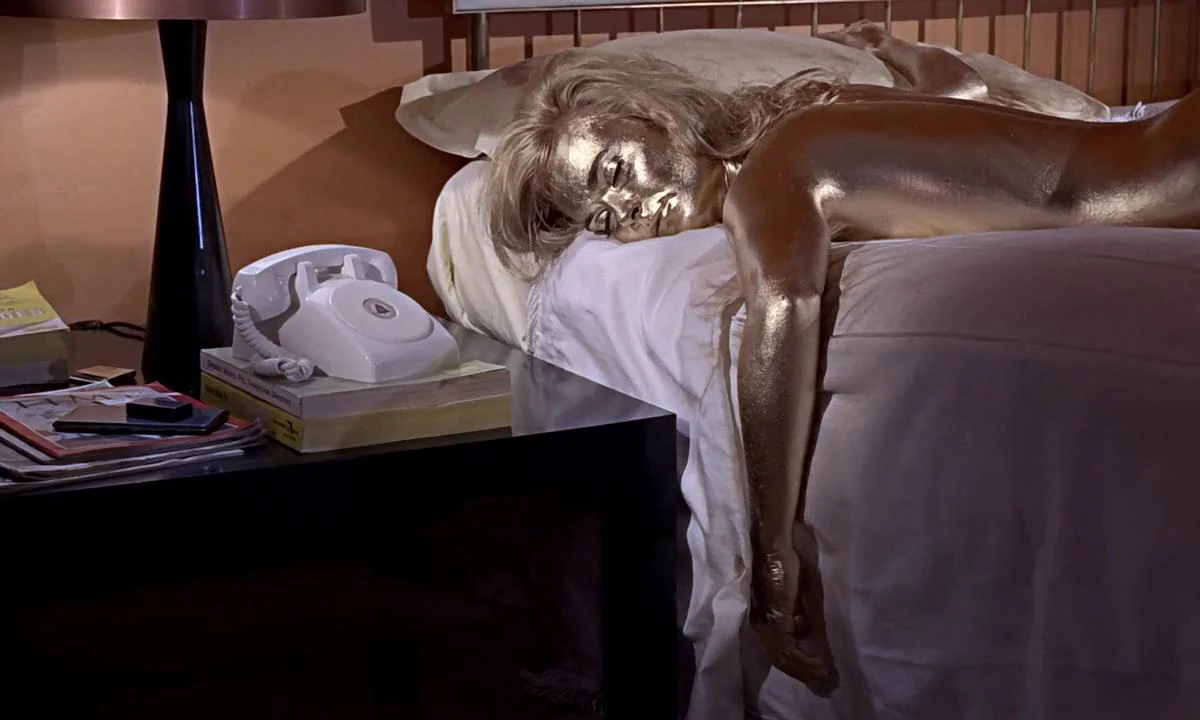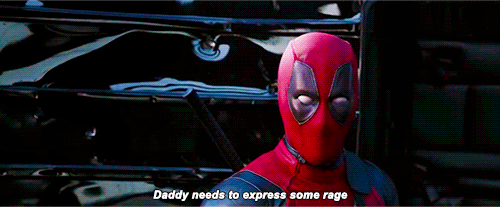Analysing the form and content of ‘The Simpsons’ using short film theory and reflecting its place in contemporary American culture.
In Yeatman’s essay ‘What Makes a
Short Film Good’ Stephen McGlashan states that a short film “can be anything
but a feature film.” (Yeatman, 1998) Animated episodes such as The Simpsons (FOX
1989-2016) share common traits with short films and therefore can be analysed
in a similar way, using short film theory and analysis it is possible to
demonstrate how The Simpsons provides an accurate representation of
contemporary American culture. Feltmate explains how “The Simpsons is quickly
becoming a recognizable cultural source for examining shifting political,
social, and religious trends in the United States.” (Feltmate, 2012) Since its
pilot in 1989 The Simpsons has seen an abundance of change to American culture,
it has adapted and changed to fit the times in an incredibly sophisticated way
in comparison to other animations; episodes have covered the war on drugs,
America’s gun laws and immigration.
Raskin developed
a theory to assist in analysing short films and published it in his essay ‘Five
Parameters of Story Design in the Short Fiction Film’, he stated that each of
the five parameters which “makes film stories function optimally” is a “pair of
properties that can be thought of as balancing or completing one another.”
(Raskin, 2002) When both components are present and balanced “their interplay
shapes and enriches the [filmic] event” (Raskin, 2002) These five parameters
are “Cause and Effect”, “Consistency/Surprise”, “Image/Sound”,
“Character/Object” and “Simplicity/Depth” (Raskin, 2002). To analyse an episode
of The Simpsons as a short film in order to demonstrate its place in
contemporary culture, it is important to analyse how it utilises those five
parameters set out by Raskin.
The main focus
for this analysis will be on the episode ‘Much Apu About Nothing’ (FOX 1996) in
which The Simpsons explores American attitudes towards immigration and race. For
the first parameter for analysis, Raskin described how “It is generally
believed that the core of any story which is satisfying to its public, is a
chain of cause-and-effect relationships” (Raskin, 2002) Cause and effect is a
simple narrative principle, but without it in a short film, feature or
television episode the plot becomes weak. In this episode there are several
instances of cause and effect: a wild bear causes the residents of Springfield
to pay higher taxes in order to patrol the bear, them not wanting to pay higher
taxes causes a new bill passed to deport all immigrants, Homer’s character is a
spokesman in favour of the bill which causes his family to help their friend
Apu gain American citizenship, but all of the immigrants other than Apu still
end up getting deported at the end of the episode. This is a form of cause and
effect which reverts back to the original problem, and all of it being Homer’s
fault for starting the rally that lead to the law being passed whilst also
being separately triggered and causally linked to the wild bear; Gerald Prince
wrote that “any story must have at least two events which not only occur at
different times but are also causally related” (Raskin on Prince, 2002) While
the episodes are made for obvious comedy effect, these actions of cause and
effect help the writers harmlessly poke fun at American citizens; with the
reason behind immigrants getting deported from Springfield being that the
residents don’t want to pay as much in tax, and they would rather have a van
patrolling the streets looking for one wild bear than having immigrants living
in their town. Although being rather stereotypical, for a lot of the world
sit-coms such as The Simpsons are their only way of knowing what American
culture is like. For Americans, the negative effects of Homer’s actions serve
to persuade them against prejudices towards immigrants.
In ‘The
Cartridge Family’ (FOX, 1996) a soccer mob causes Homer to get a gun to protect
his family, which leads to his wife leaving him, which then causes Homer to
re-think his attitudes towards the gun and he chooses his family over it. Similarly,
in this episode the writers chose this aspect of American culture to persuade
Americans to do the same as Homer and decide against guns. In America the
second amendment gives American citizens the right to bear arms, and it has
been a topic of debate for many years. This episode, now airing ten years ago,
still tackles this controversial aspect of American culture. As such a popular
television programme enjoyed by both children and adults, it is important how
they use their popularity and their position in culture to try and dissuade
people from the negative parts of American life. The first parameter of cause
and effect is present and balanced in the episode and in the series as a whole;
when cause and effect is balanced the characters act on initiative and make
their own choices, as opposed to acting as though programmed or “are reduced to
the status of helpless puppets” (Raskin, 2002) when acted on by forces beyond
their control which is not the case in The Simpsons.
The second
parameter to analyse for The Simpsons and its place in popular American culture
is “Consistency/Surprise”. Raskin says
that “Any major character in a short fiction film should have definition, a
central core of attributes that remain constant.” (Raskin, 2002) Throughout the
long running series of The Simpsons, all major characters have remained
constant in their defining nature. For example, in ‘Homer’s Phobia’ (FOX, 1997)
Homer befriends a homosexual man, only to abandon him as a friend when he
realises his sexuality. The viewer does not find this side of the character
familiar to them, so by the end of the episode the two are friends again and
Homer apologises. This example shows how even though the character of Homer
does something to surprise the viewer, he still remains consistent by the end
of the episode. It also serves to demonstrate to American citizens the dangers
of homophobia, and by showing Homer’s ideology change it would help change the
viewer’s as he is a character many Americans relate to. In order for the
balance of consistency and surprise to be effective, Raskin states that “Each
successive action should be both unexpected and yet fully compatible with the
character definition already established, so that although each new action
takes us by surprise, it also strikes us as being "in character."
(Raskin, 2002) The characters in The Simpsons never inexplicably act out of
character, therefore the balance of consistency and surprise is perfect.
“Simplicity/Depth”
is the last parameter that can be used to demonstrate The Simpsons’ place in
culture. Rankin observes that "Student filmmakers sometimes assume that in
order to have depth, a story must be complicated. Actually, simplicity enhances
the possibility for depth.” (Raskin, 2002) Because episodes of The Simpsons
relate to issues surrounding the modern day American, as well as issues from
the 1980’s and 1990’s, the stories they try to tell are simple. Overall, The
Simpsons is about the average American family which is therefore incredibly
relatable to the average American audience, conforming to Raskin’s idea that “the
viewer must at no point be in doubt as to what he or she is seeing on screen.”
(Raskin, 2002) Whilst the stories are simple they are sophisticated when
compared to other animations. This is evident when looking at Wells views in
‘Notes Towards a Theory of Animation’, in which he discusses narrative form in
orthodox animations. Wells stated that the actions in early animations used to
follow their musical score that were “often based on character conflict and
chase sequences.” (Wells, 1998) He goes on to explain how a story in orthodox animation
should be made by “specific continuity or establishing a situation,
problematizing it, creating comic events and finding a resolution, mainly
through the actions of the principle character.” (Wells, 1998) In early
cartoons like Tom and Jerry these were simply through good vs. evil chase scenes
designed for children; however even whilst being an orthodox cartoon, The
Simpsons transcends this by having political standpoints, over-arching
narratives and even pay homage to classic horror films in the regular
‘Treehouse of Horror’ episodes. Therefore, despite its story being relatable to
the audience, The Simpsons still carries a great deal of depth for the modern
audience and that of the 1980’s and 1990’s without the need to be experimental.
In turn it is
also appropriate to analyse The Simpsons using Well’s theory on short
animations. In ‘Notes Towards a Theory of Animation’ (Wells, 1998) he describes
how an “orthodox” animation features “Configuration, specific continuity,
narrative form, evolution of content, and unity of style.” (Wells, 1998) Despite
the aesthetic choices in The Simpsons, for example people having yellow skin,
it is undoubtedly an orthodox cartoon. Wells describes this in the section on
Configuration, in which he says that orthodox animations must include “identifiable
people or animals who correspond to what audiences understand as an orthodox
human or animal despite what colourful or eccentric design concept was relating
to it.” (Wells, 1998) Even though the characters in The Simpsons have yellow
skin, they are understandably still human characters just with different
stylistic choices made by the animators.
Wells ideas surrounding specific continuity centre around the concept
that no matter what the story of the animation is about, “Whether a cartoon was
based on a sequence of a specific and well known fairy tale or story, or was
based on a sequence of improvised sight gags” there is still a logical
continuity throughout the story even within a “madcap scenario.” (Wells, 1998)
This can be used to analyse one of the slightly less orthodox and more
experimental episodes of The Simpsons, an example is the episode ‘El Viaje
Misterioso de Nuestro Homer.’ (FOX, 1997) The majority of this episode is
animated to correspond to a psychedelic experience Homer is having after eating
a hot chilli, colours and shapes are distorted and dimensions are played with
to give the viewer the feeling that they too are experiencing the same thing as
the character. Despite this episode being experimental in its style and
improbably in nature, there is still a logical continuity and the story does
not suffer. The story progresses due to this, combining Wells’ theories of
orthodox and experimental cartoons whilst still remaining relatable to a
contemporary audience.
Wells’ views on
narrative form in ‘Notes Towards a Theory of Animation’ (Wells, 1998) is linked
to his previous idea of specific continuity, orthodox cartoons have a clear
narrative structure whereas this is not as vital in something more
experimental. The Simpson’s approach to
narrative form ties in with Todorov’s Theory of Narratology (Todorov, 1969),
mainstream film’s dominant narrative form. This theory begins with an
equilibrium which is then disrupted by a character’s actions, it is recognised
and there are attempts at repair, and it ends with a new equilibrium that
differs to the original (Todorov, 1969). This is a classical narrative that
functions through a ‘realist’ mode of representation using verisimilitude to
conform to our culture and true life and human agency to demonstrate the events
as a problem and solution to characters’ actions. The Simpsons conforms to
Todorov’s equilibrium theory, and because it uses the same orthodox narrative
structure as dominant Hollywood cinema it is understandable and relatable to
the viewer without compromising the message it tries to send out. By resolving
all the problems at the end of every episode, for example in ‘Homer’s Phobia’
(FOX, 1997) and ‘The Cartridge Family’ (FOX, 1996) The Simpsons aims to prove
to America that they can change their attitudes towards controversial parts of
American culture such as guns and still gain equilibrium just as the characters
in the series do.
In summary, it
is clear to see that by analysing The Simpsons using short film theories such
as Raskin on short film form and Wells on experimental and orthodox animation,
it is possible to examine the artistic choices made to reflect the series’
place in popular culture, and its representation of American controversies. The
Simpsons presents itself as a representation of American culture to the rest of
the world, and serves as a warning to American citizens of how not to act. As a
series it is incredibly sophisticated when compared to other orthodox cartoons,
most highly acclaimed contemporary cartoons are now leaning towards the
experimental, but The Simpsons remains relatable to the average American family
whilst carrying a tremendous amount of depth and detail in an attempt to teach
its viewers something about life.
‘The Simpsons’ (FOX 1989-2016)
·
‘Much Apu About Nothing’ (1996) The Simpsons, Season 7, Episode 23. FOX,
5 May.
·
‘Homer’s Phobia’ (1997) The Simpsons, Season 8, Episode 15. FOX, 16 February.
·
‘The Cartridge Family’ (1997) The Simpsons, Season 9, Episode 5. FOX,
2 November.
·
‘El Viaje Misterioso de Nuestro Homer.’ (1997) The Simpsons, Season 8, Episode 9. FOX,
5 January.
Feltmate, D. (2013). It's Funny
Because It's True? The Simpsons, Satire, and the Significance of Religious
Humour in Popular Culture. Journal of the American Academy of Religion.
81, 222-248.
Raskin, R (2002). Five Parameters
for Story Design in the Short Fiction Film.
Wells, P. (1998). Notes Towards a
Theory of Animation. In: Understanding Animation. Abingdon: Routledge. 35-46.
Yeatman, B. (1998). What Makes a
Short Film Good? In: Short Film and Cultural Practice.



.jpg/revision/latest?cb=20130619152138)











